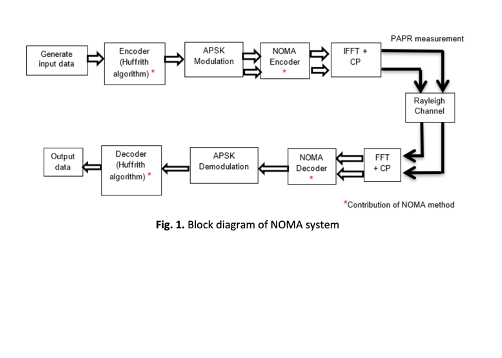PAPR Reduction using Huffrith Algorithm with APSK Modulation Technique in 6G System
DOI:
https://doi.org/10.37934/araset.32.3.273281Keywords:
Non-Orthogonal Multiple Access, Peak-To-Peak Average Ratio, Huffrith Algorithm, Amplitude Phase Shift KeyingAbstract
Non-Orthogonal Multiple Access (NOMA) is very useful in 6G network system requirements, also a solution to improve spectral efficiency and user fairness. NOMA gives a new dimension that increases spectral efficiency, massive connectivity, low transmission latency, and cost of signalling. Hence, NOMA as multiple access schemes can solve user problems from scarce time or frequency domain resources. 6G data traffic reduction by storing the most popular contents in advance at the network edge whereas content caching restricts duplicate of multiple data transmission. The most concerning problem would be the impact of a few subcarriers on the PAPR reduction in NOMA systems is needed to avoid signal degradation. The objectives of this research are to reduce the PAPR. The method applied is by using the Huffrith algorithm with the APSK modulation technique in the NOMA system. The results were obtained by comparing the contribution method with variations of the coding technique, which is the Huffman, Arithmetic, and Huffrith algorithms. Huffrith algorithm is the higher improvement using 512 subcarriers with 8.6 % and PAPR values of 8.5 dB. For 1024 subcarriers get 8.7 dB and 12.12% percentage of improvement.
Downloads





























